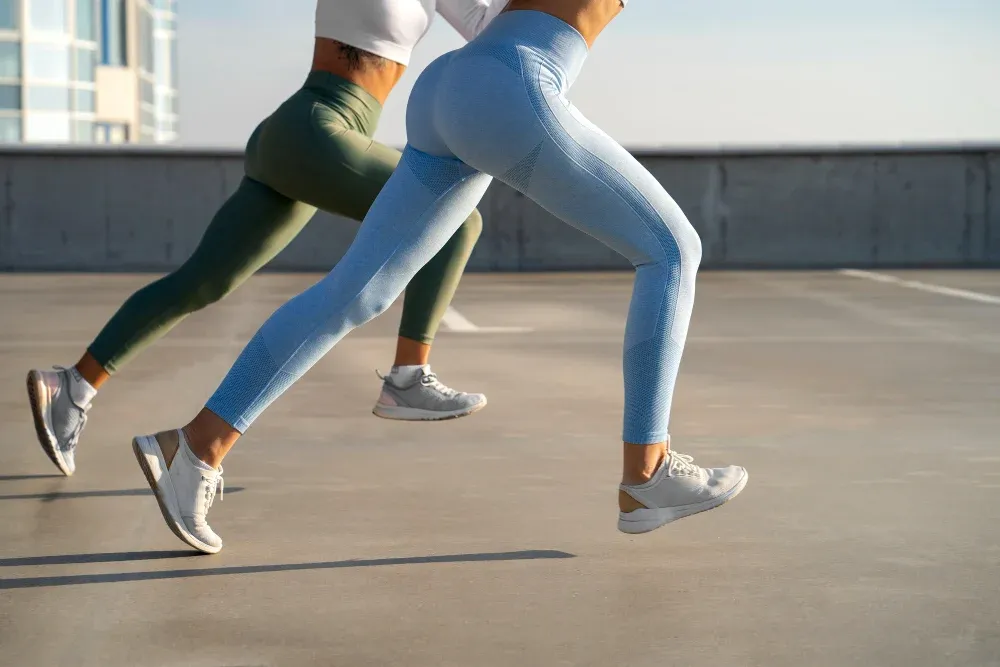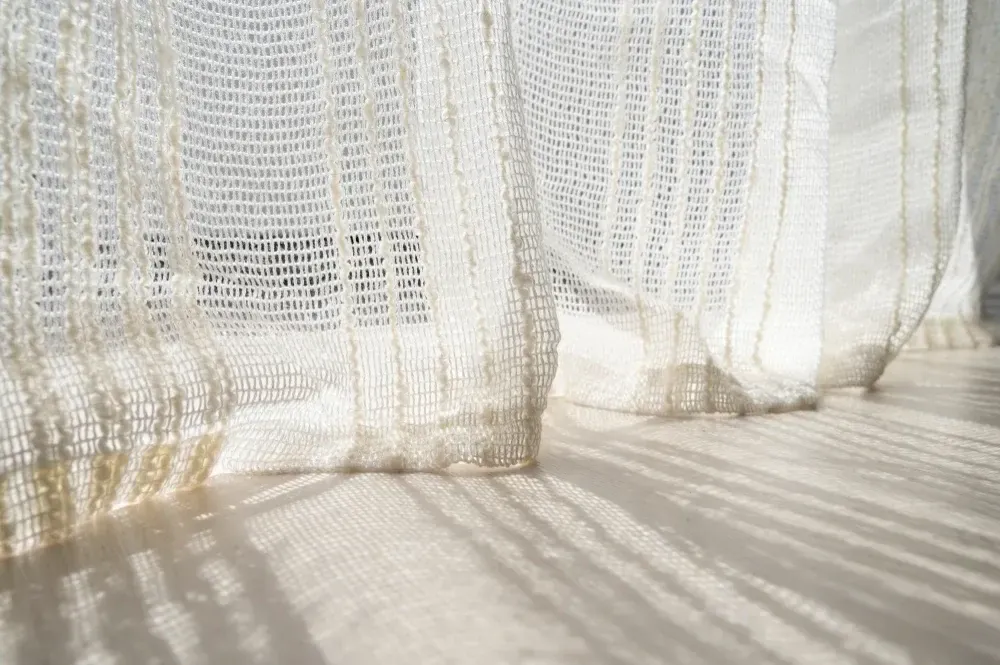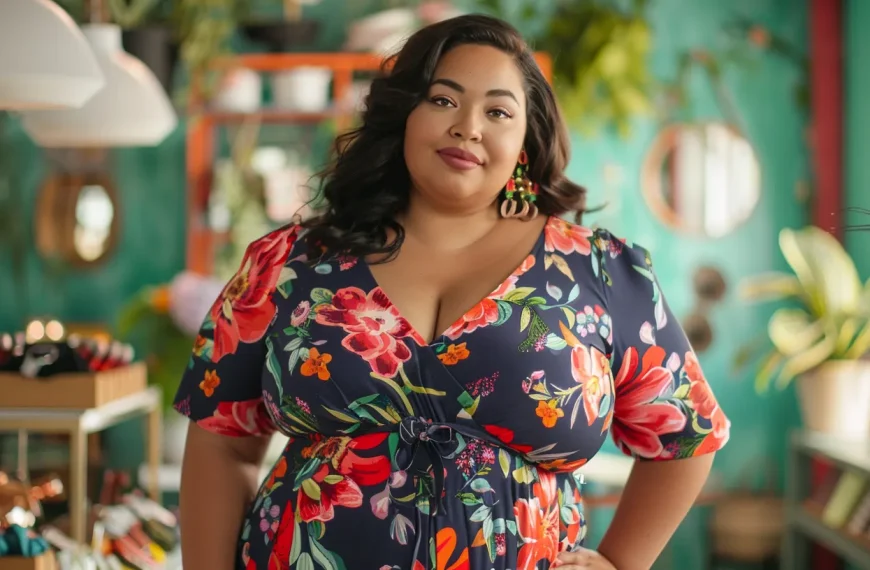Leggings have become an essential wardrobe item, loved for their comfort and versatility. But, have you ever wondered what fabric leggings are made of? The answer may surprise you.
Leggings can be crafted from a variety of fabrics. Each has its own unique qualities and benefits. From cotton-spandex to double-brushed polyester, the options are vast.
So, if you’re curious to explore the best fabric for making leggings, keep reading to uncover the secrets behind these cozy and stylish garments.
Key Takeaways
- Leggings can be made from various fabrics, including nylon, polyester, wool, nylon/spandex, polyester/spandex, cotton, and fleece.
- When choosing leggings, consider factors such as breathability, comfort, and stretch. Look for moisture-wicking fabrics, lightweight options, good air circulation, and the presence of spandex or elastane for stretch and mobility.
- Durability and performance are crucial aspects to consider. Synthetic blends are often preferred for their durability and stretch. Moisture-wicking capabilities and resistance to wear and tear are also important.
- The specific use case or activity should be taken into account when selecting leggings. For activities like yoga or dance, stretchy fibers are ideal. Quick-drying and sweat-wicking properties are crucial for athletic activities. Soft and breathable fabrics are great for overall comfort. Additionally, thickness, transparency, and compression should be considered based on individual preferences and climate.
Best Fabric for Making Leggings
When considering the best fabric for making leggings, there are several options to consider.
1. Nylon Leggings
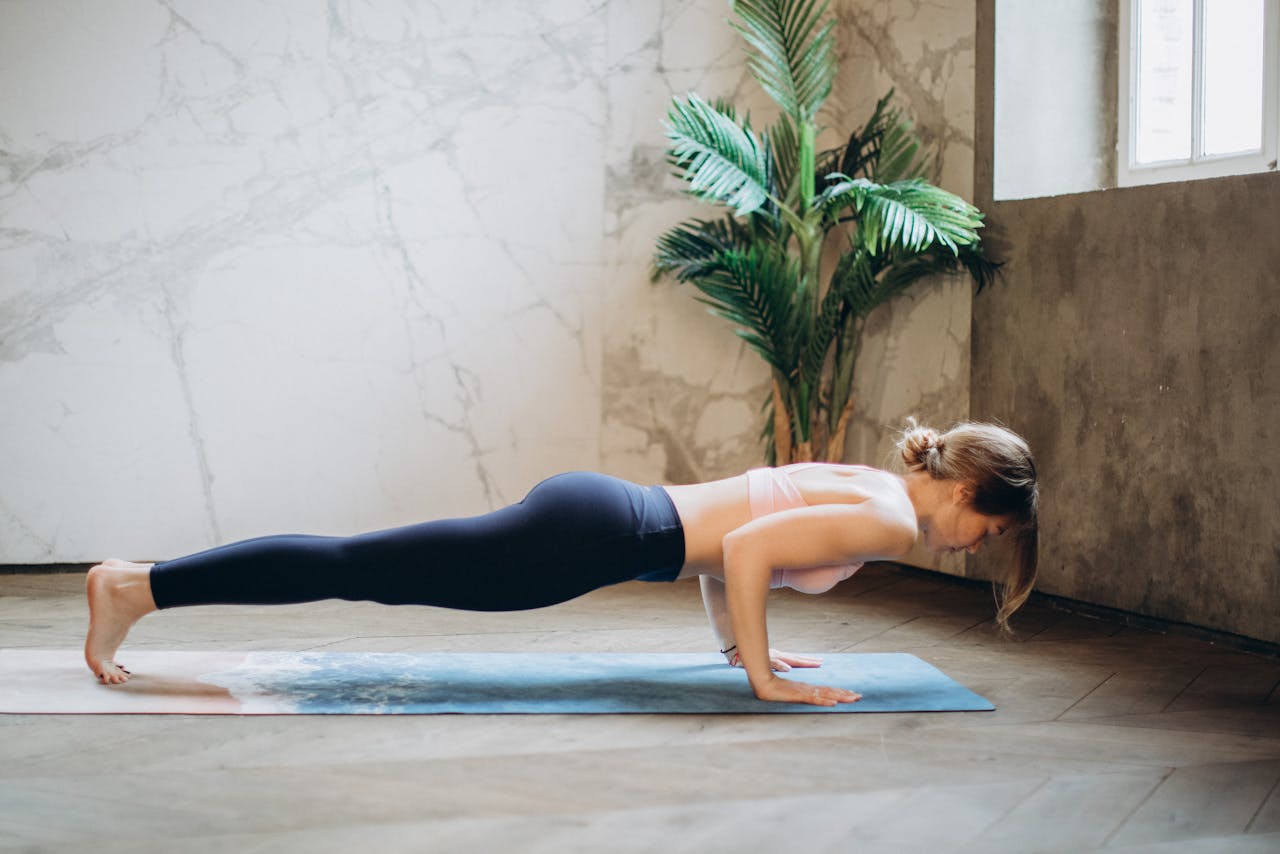
Nylon is a 100% man-made fiber commonly used in activewear and various types of apparel. It’s one of the best fabrics for making leggings. This is due to its durability, longevity, and excellent moisture-wicking properties.
Nylon leggings are typically made with a blend of 81% nylon and 19% lycra. It provides both stretch and durability. This synthetic fabric is well-known for its ability to withstand wear and tear. It’s a popular choice for activewear.
The moisture-wicking properties of nylon allow sweat to be quickly absorbed and evaporated. They can keep the wearer dry and comfortable during physical activities. Additionally, nylon leggings are resistant to fading and shrinking. This ensures that they maintain their shape and color over time.
2. Polyester Leggings
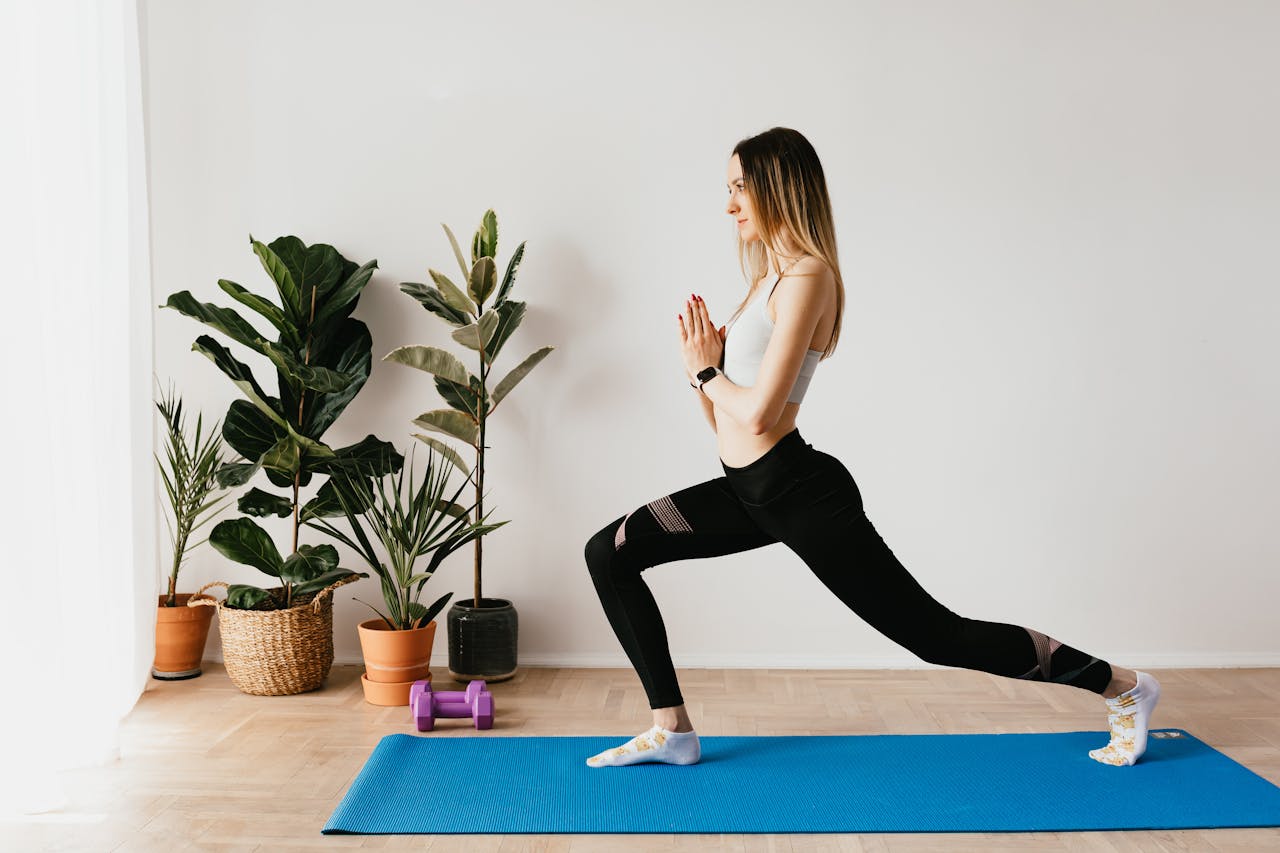
Polyester leggings are a highly favored choice for making leggings. This is due to their exceptional sweat-wicking properties, breathability, and durability. Here are five key reasons why polyester leggings are an excellent option:
- Sweat-wicking properties: Polyester is well-known for its ability to wick away moisture from the body. It can keep the wearer dry and comfortable during intense workouts.
- Breathability: The fabric allows for proper airflow. It prevents overheating and ensures breathability, even during rigorous activities.
- Durability: Polyester is a strong and resilient fabric. It can withstand frequent use and washing without losing its shape or color.
- Easy maintenance: Polyester leggings are easy to care for. They need minimal effort to maintain their quality and appearance.
- Versatility: Polyester spandex leggings are suitable for various activities, from yoga to running. This is due to their stretch capabilities and shape retention.
3. Wool Leggings
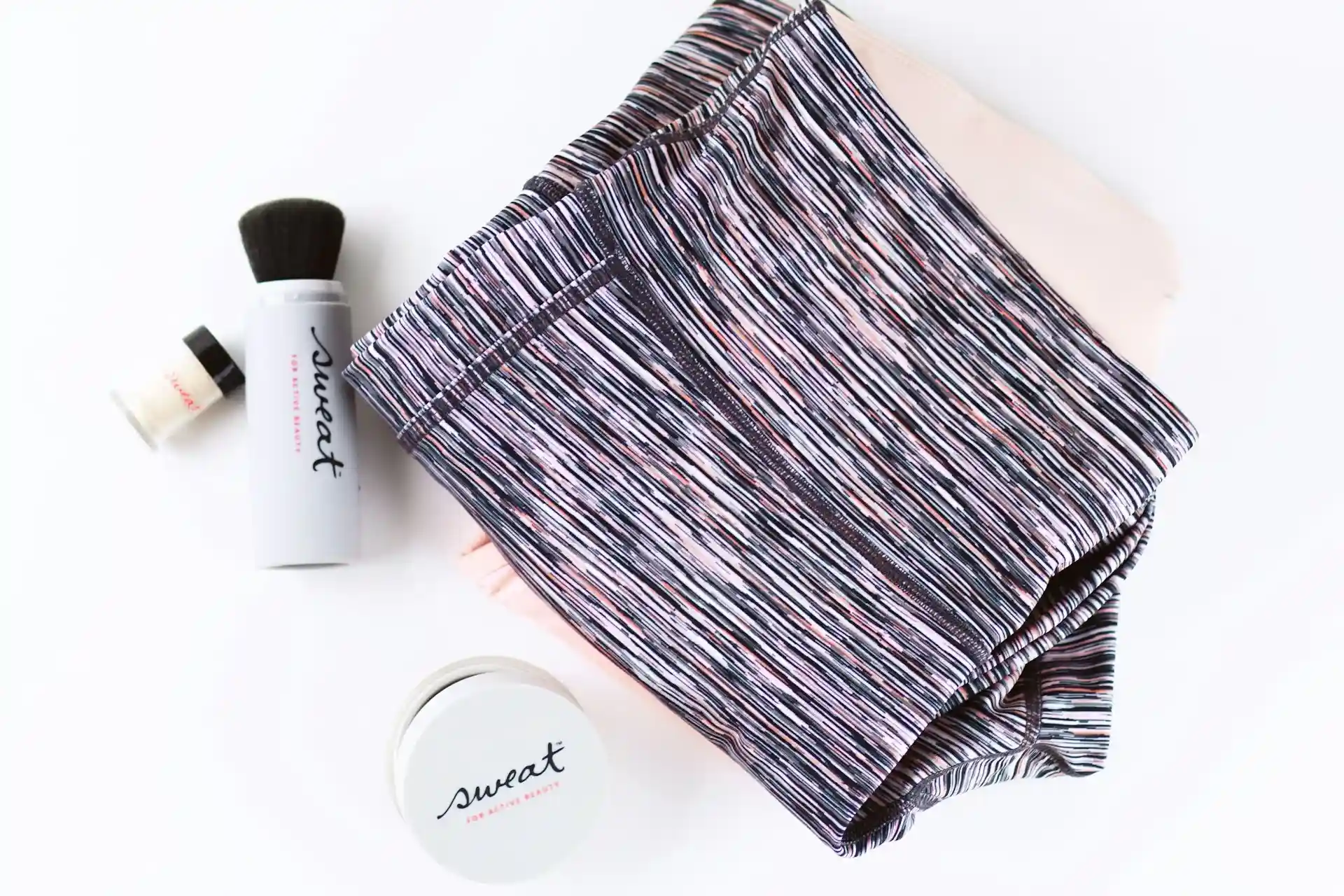
Wool leggings are also one of the best fabrics for making leggings. This is due to their natural warmth, insulation, and unique properties. Made from natural fibers obtained from sheep, wool leggings provide exceptional warmth and insulation during cold weather.
The natural elasticity of wool fabric allows for comfortable movement and flexibility. This makes it suitable for various activities. Additionally, wool has moisture-wicking properties, keeping the skin dry and regulating body temperature. It’s a great choice for outdoor and athletic activities.
Wool leggings are also durable and long-lasting. They are a sustainable option for clothing. The breathable nature of wool fabric helps prevent odor and keeps the wearer comfortable even during extended wear. Compared to cotton leggings, wool leggings offer superior warmth and moisture management. This makes them an excellent choice for colder climates and active lifestyles.
4. Nylon Spandex Leggings
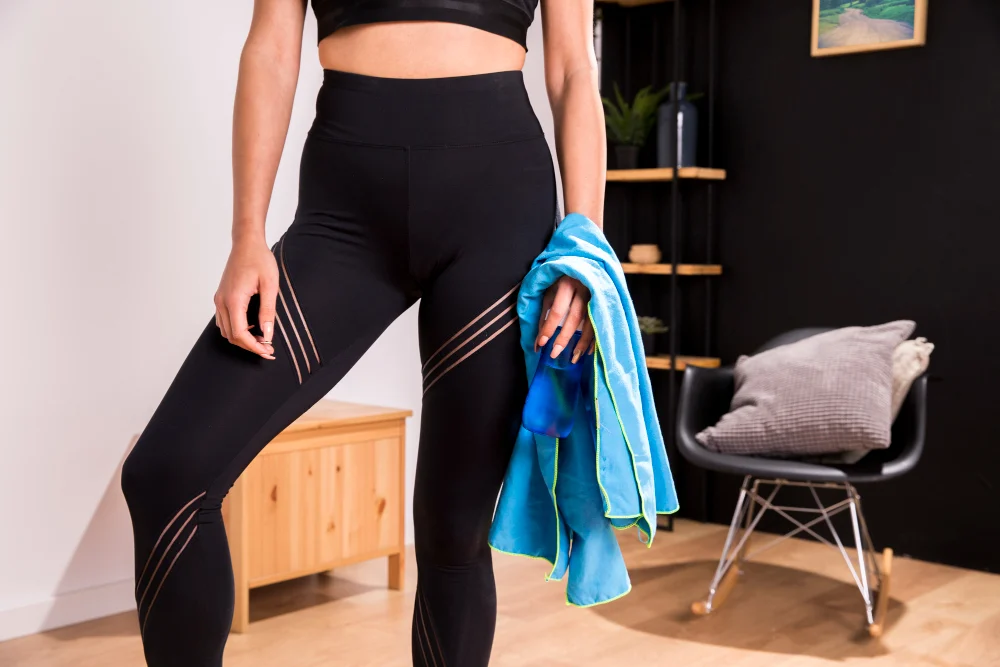
Nylon spandex leggings emerge as another top contender. They offer a range of desirable qualities for both active and everyday wear. Here are some key facts about nylon-spandex leggings:
- Nylon is a 100% man-made fiber known for its durability and strength. It is commonly used in activewear and apparel. It can be made from recycled materials like fishnets or plastic bottles.
- Spandex, also known as Lycra or Elastane, provides stretchiness and good recovery to fabrics. The percentage of spandex affects the fabric’s stretchiness.
- Nylon spandex leggings are lightweight, soft, and moisture-wicking. These leggings are commonly composed of 70–90% nylon and 10–30% spandex. They offer excellent stretchiness and moisture management.
- The combination of nylon and spandex creates a comfortable and flexible fabric that fits various body shapes and sizes perfectly. Its stretchiness allows for ease of movement during physical activities. This makes it an ideal choice for workouts and everyday wear.
5. Polyester Spandex Leggings
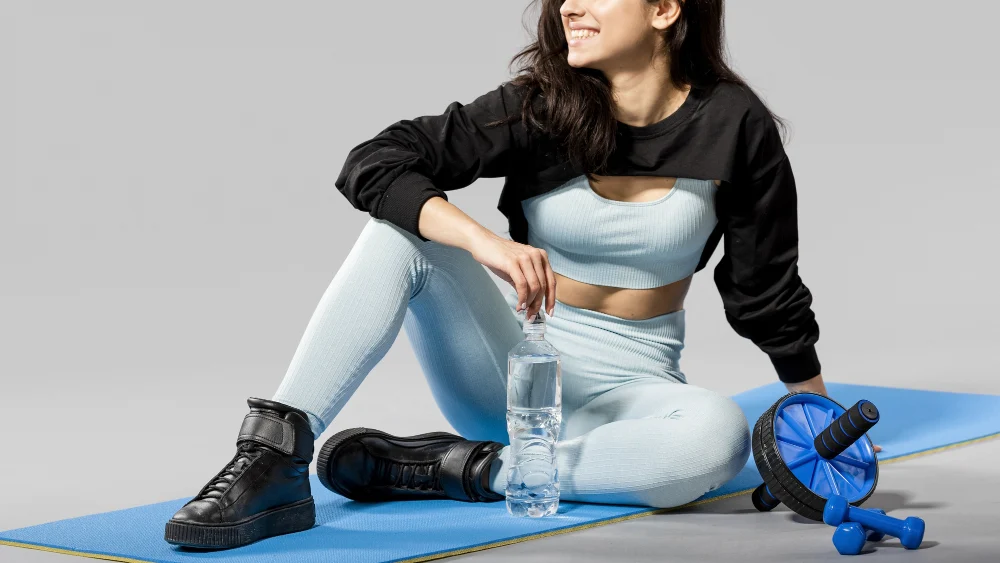
Polyester spandex is a popular choice for leggings due to its unique properties. This fabric is cost-effective and offers high stiffness. It ensures shape retention even after multiple stretches. It has an excellent recovery property. This means it will bounce back to its original shape without sagging or losing elasticity.
Polyester spandex is particularly suitable for outdoor runners as it has sun-resistance properties. It can prevent colors and prints from fading under sun exposure. Additionally, polyester can create heather or male effects in fabric. It can add visual interest to the leggings.
With a melting point of 260 degrees Celsius, polyester spandex is also durable. It can withstand heat without losing its integrity.
6. Cotton Leggings

Cotton leggings have excellent breathability and softness. They are popular for casual activities. Here are five reasons why cotton fabric is a great choice for making leggings:
- Breathable: Cotton fabric allows air to circulate. It keeps the body cool and comfortable during physical activities.
- Softness: Cotton leggings provide a gentle and comfortable feel against the skin. This makes them pleasant to wear for extended periods of time.
- Natural fiber: Cotton is a natural fabric. This means it is hypoallergenic. It is less likely to cause skin irritation or allergies.
- Versatility: Cotton-based fabrics, such as jersey and French Terry, can be easily styled for casual or athletic looks. They are suitable for various occasions.
- Easy care: Cotton leggings are typically machine washable and easy to maintain. This adds to their convenience and practicality.
Cotton leggings are comfortable and breathable, but they might not be as stretchy or moisture-wicking as other fabrics. As a result, they may not be the best option for intense physical activities. However, if you’re looking for a comfortable and breathable choice for casual wear, then cotton leggings are a great choice.
7. Fleece Leggings
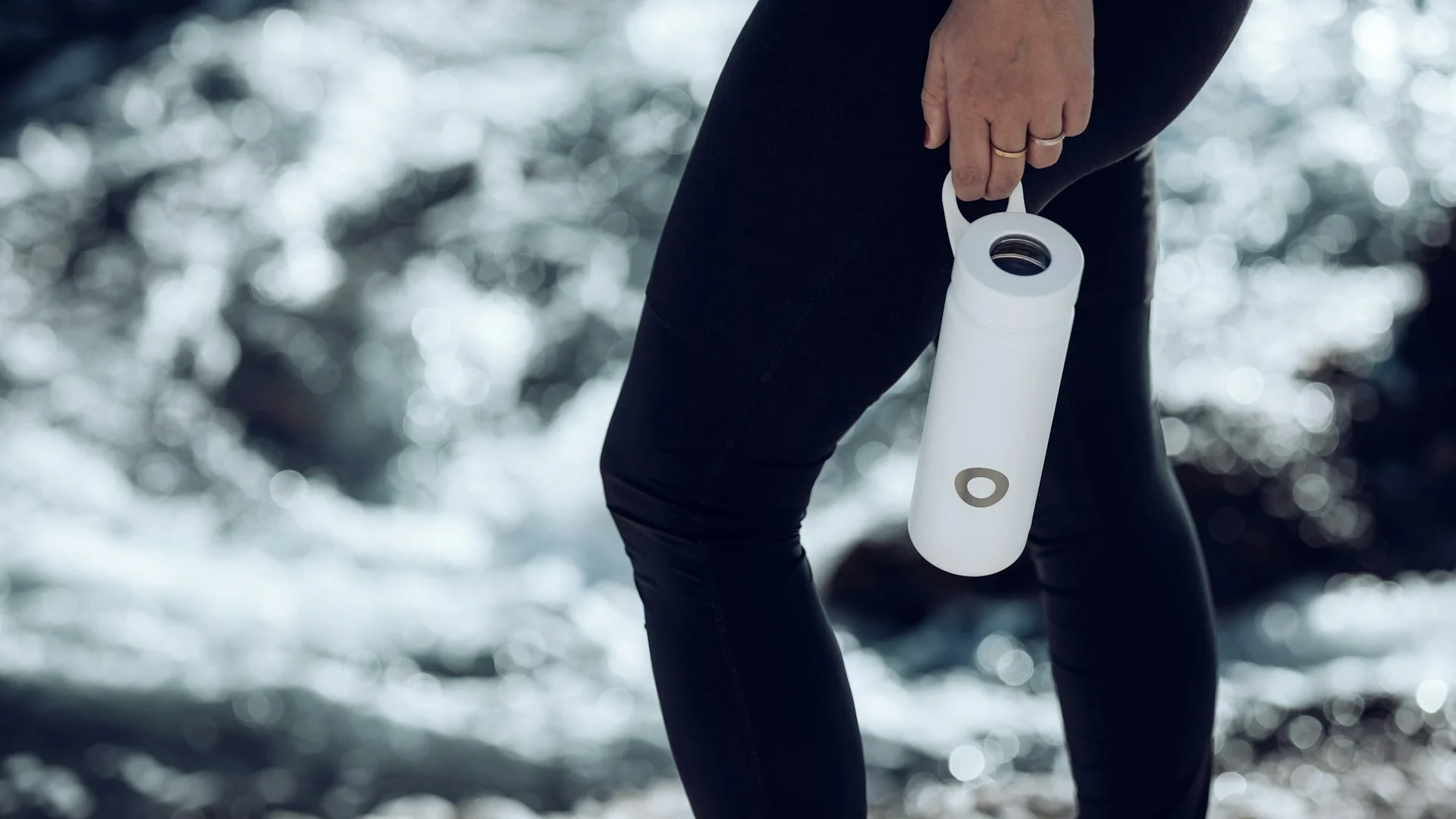
Leggings made of polyester and spandex fleece-lined blend are a great choice for colder climates.
The fabric offers a compression-style effect, with a soft, fleecy touch on the inside that provides warmth and comfort. It is durable, abrasion-resistant, and easy to clean. These make it ideal for daily activities and high-intensity workouts.
Fleece-lined polyester is a popular choice because it retains its shape and color. Its warmth, comfort, stretch, and recovery properties make it an excellent option for those looking for cozy and functional leggings.
Key Factors to Consider When Choosing Legging Fabric
When choosing legging fabric, there are several key factors to consider.
Breathability and Comfort
Selecting the appropriate legging fabric involves carefully considering the key factors of breathability and comfort. This will ensure optimal performance and overall satisfaction for the wearer.
When it comes to leggings, breathability is crucial. It helps maintain comfort during physical activities. Fabrics that are moisture-wicking, like specialty-wicking polyester, help keep the wearer dry and comfortable by pulling sweat away from the body. Additionally, choosing a fabric that is lightweight can enhance breathability. It prevents overheating and allows for better air circulation.
Stretchy fabrics, such as cotton spandex, provide flexibility and freedom of movement. They ensure comfort during various activities. Leggings made with breathable and comfortable fabrics are ideal for yoga, running, or everyday wear. They provide a better experience for the wearer.
Stretch and Mobility
To ensure optimal performance and comfort while wearing leggings, carefully consider the stretch and mobility of the fabric. Achieving the right stretchability is crucial for allowing freedom of movement and preventing any restrictions during physical activities. This is where spandex comes into play.
Leggings that contain spandex offer excellent stretch and recovery properties. The percentage of spandex affects its stretchiness and suitability for various activities. Leggings with a higher spandex content provide a greater range of motion and better compression. This makes them suitable for intense workouts or sports.
Additionally, there are a variety of different fabric types. Each offers unique benefits, like moisture-wicking or sun resistance. When selecting leggings, choose a fabric that is resilient and allows for unrestricted movement.
Durability and Performance
Achieving optimal durability and performance is essential when considering the fabric of leggings. They ensure longevity and withstand the wear and tear of various activities. When choosing legging fabric, several key factors contribute to its durability and performance:
- Synthetic blends: Fabrics such as nylon spandex and polyester spandex are commonly used for leggings. These blends offer good stretch, moisture-wicking capabilities, and resistance to pilling and fading.
- Moisture-wicking capabilities: Leggings made from fabrics like wicking polyester help keep the body dry and comfortable during workouts by pulling moisture away from the skin.
- Stretchiness: Leggings should have enough stretch. This allows for ease of movement and flexibility during activities. Look for fabrics with a good recovery to maintain their shape even after repeated use.
- Resistance to wear and tear: Opt for fabrics that can withstand abrasion and frequent washing without losing their integrity. Look for materials that are resistant to pilling and tearing.
- Proper care and maintenance: To enhance the durability and performance of leggings, follow the care instructions. Avoid excessive heat and air-dry the leggings to prevent damage to the fabric.
Specific Use Cases and Activities
It is crucial to consider the intended use and activities when selecting leggings fabric.
Stretch fibers are essential for leggings intended for activities that need a wide range of movement, such as yoga or dance.
Quick-drying and sweat-wicking properties are important for athletic activities. They help keep the body dry and comfortable during intense workouts.
Leggings should also be comfortable to wear. A soft and breathable fabric allows for freedom of movement.
When selecting legging fabric, consider the specific needs of the activity or use case to ensure optimal performance and comfort.
Thickness, Transparency, and Compression
When selecting the fabric for leggings, consider key factors such as thickness, transparency, and compression. They ensure optimal coverage, confidence, support, and performance during various activities.
- Thickness: The thickness of the fabric is crucial to avoid transparency and provide adequate coverage during movement.
- Transparency: Choosing a fabric with the right thickness helps prevent transparency. This ensures confidence during various activities.
- Compression: Consider the level of compression the fabric offers. It can provide support, improve circulation, and enhance performance during workouts.
- Recovery: Look for fabrics with good recovery, such as those containing polyester, lycra, or spandex, to maintain shape and fit over time.
- Usage and Climate: Consider the intended use and climate when selecting the legging fabric. This ensures it aligns with activity and environmental conditions.
These factors are important in determining whether leggings are see-through or squat-proof, providing the necessary coverage and support for any activity.
Choosing the Best Fabric for Specific Activities
When choosing the best legging fabric for specific activities, factors such as cold weather, workout leggings, yoga pants, and casual wear come into play. Each activity has unique fabric requirements to ensure optimal performance and comfort.
Cold Weather
Synthetic fabrics like polyester and nylon offer distinct advantages for cold-weather activities. They ensure optimal performance and comfort. When it comes to cold-weather leggings, choosing the right fabric is crucial. Here are some key factors to consider:
- Wool leggings: Wool is a natural insulator. It provides excellent warmth and temperature regulation. Look for merino wool leggings, known for their softness, breathability, and moisture-wicking properties.
- Nylon fabric: Nylon is a durable and lightweight synthetic fabric. It offers good insulation and wind resistance. It is also quick-drying. This makes it ideal for cold-weather activities that may involve sweat or moisture.
- Elastane: Leggings with elastane, also known as spandex or Lycra, offer excellent stretch and flexibility. This is important for cold-weather activities that need freedom of movement.
- Moisture-wicking properties: Look for leggings with moisture-wicking properties. They keep you dry and comfortable during intense cold-weather workouts.
- Fleece-lined polyester: Fleece-lined polyester leggings provide extra warmth and insulation. They are perfect for extremely cold weather conditions.
Workout Leggings
Nylon spandex is a popular choice for workout leggings due to its unique qualities. Nylon provides durability and excellent moisture-wicking properties. It ensures sweat is efficiently drawn away from the body. Spandex, on the other hand, offers exceptional stretchiness. This allows for unrestricted movement during various exercises.
This blend ensures that the leggings can withstand the demands of rigorous exercise while providing the necessary flexibility for a full range of motion.
Yoga Pants
To ensure optimal performance and comfort during yoga practice, it is crucial to carefully select the fabric for yoga pants. When choosing the best fabric for yoga pants, several factors need to be considered:
- Lycra: This fiber is well-known for its stretch and recovery properties. It allows for ease of movement during yoga poses.
- Breathability: Fabrics like cotton and bamboo are breathable and help wick away moisture. They keep you cool and comfortable during your practice.
- Moisture-wicking: Synthetic fabrics such as polyester and nylon are excellent choices for yoga pants. They can draw sweat away from the body, keeping you dry and preventing discomfort.
- Durability: Look for fabrics that are resistant to pilling and fading. This ensures that your yoga pants will last through many sessions.
- Comfort: Soft and lightweight fabrics like microfiber or modal provide a luxurious feel against the skin. They can enhance the overall comfort of your yoga practice.
Casualwear
For casual leggings, a popular choice is cotton spandex fabric. This fabric combines the breathability of cotton with the stretch and recovery of spandex. It allows for ease of movement while providing a comfortable fit.
Another option is nylon or polyamide fabric, which is well-known for its durability and moisture-wicking properties. Nylon leggings are suitable for activities that involve sweating, such as workouts or outdoor activities.
For colder climates, wool leggings are a great choice. They provide warmth and insulation.
When selecting casual leggings, it is important to consider the percentage of spandex for stretch and the desired level of comfort and breathability.
Conclusion
In conclusion, the selection of fabric for leggings depends on various factors. Cotton spandex fabric offers breathability. But it may lack optimal recovery. Double-brushed polyester provides exceptional softness and comfort. Specialty fabrics like wicking polyester are ideal for workout attire. They wick away moisture easily. Fleece-lined polyester offers warmth and insulation for colder climates.
By understanding the characteristics of different fabrics, you can make informed decisions when choosing leggings that best meet your needs and preferences.
FAQs
Q: How important is the percentage of spandex in legging fabric?
A: The percentage of spandex in legging fabric determines the stretch and elasticity of the material. A higher percentage of spandex ensures better stretch and shape retention.
Q: What are the pros and cons of using nylon or polyester for leggings?
A: Nylon is well-known for being lightweight, breathable, and quick-drying. Polyester is wrinkle-resistant and durable. However, some may find polyester to be less breathable compared to nylon.
Q: How can I ensure that my leggings are not see-through?
A: To avoid see-through leggings, opt for fabrics with a higher density and opacity. Nylon-spandex blends or thicker cotton materials are less likely to be see-through.
Q: How do I care for leggings made of synthetic fabrics?
A: Leggings made of synthetic fabrics like nylon or polyester are easy to clean and maintain. Simply machine wash them in cold water and tumble dry on low heat to preserve their quality.
Learn more about fabric knowledge from the Longan Craft Blog, and dive into the fabric world with Longancraft!

